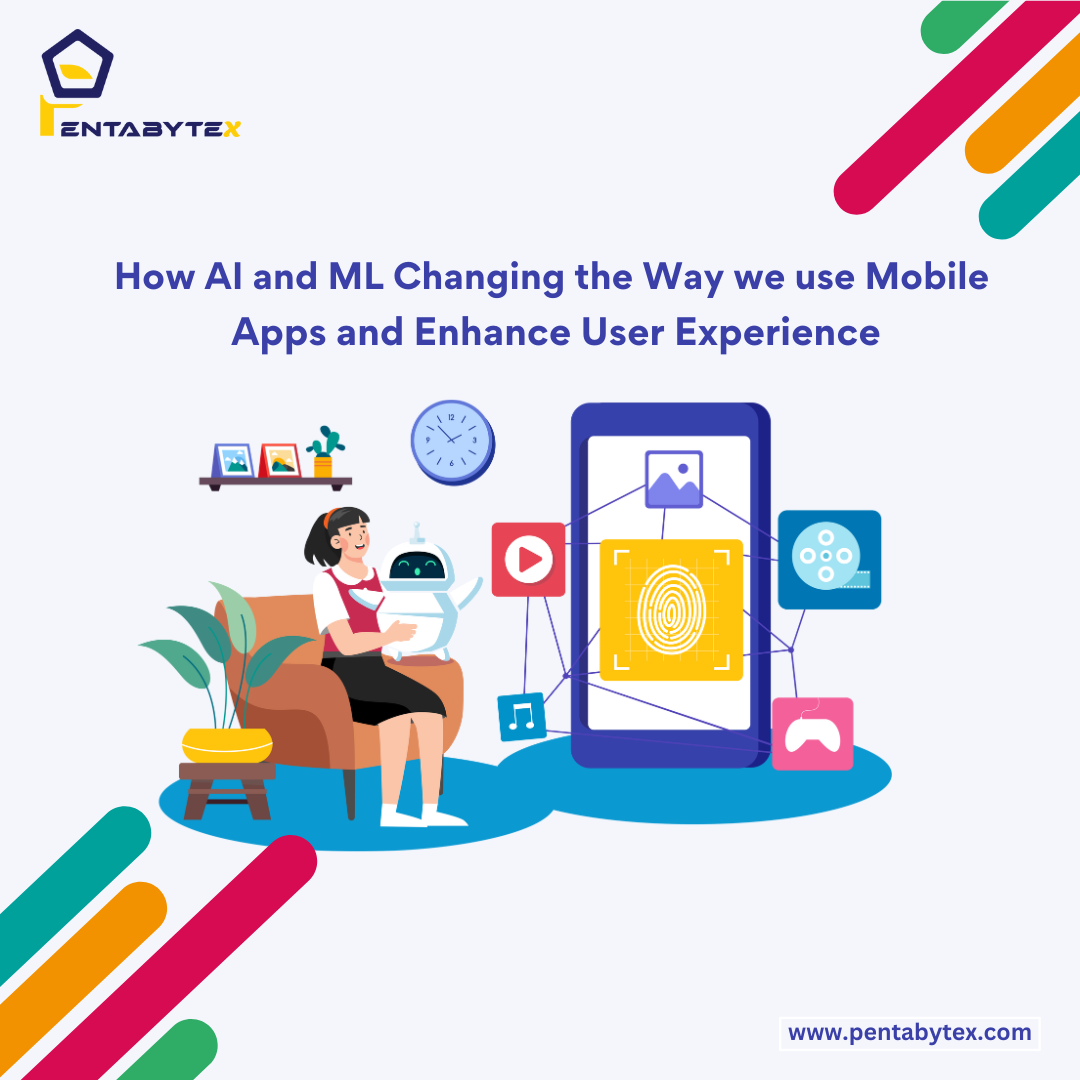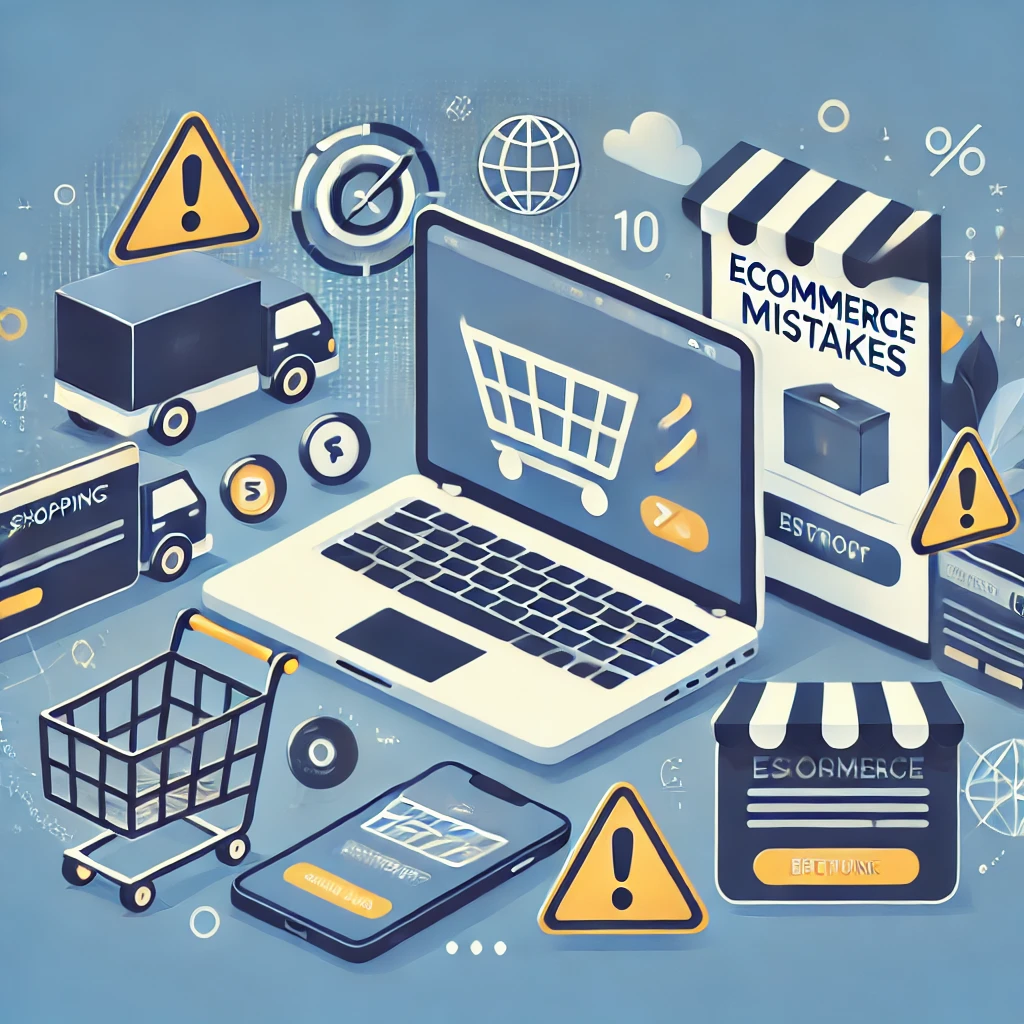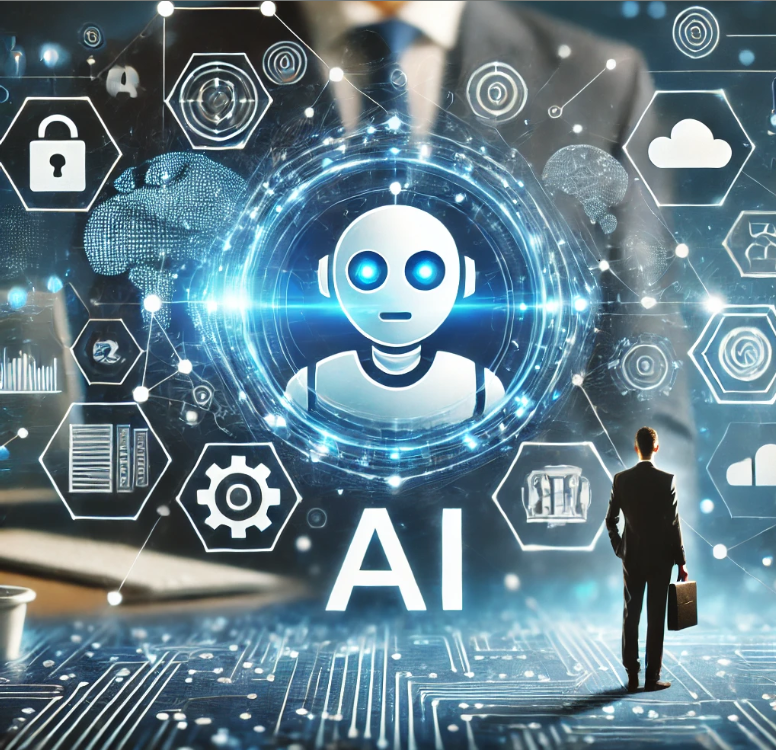Artificial intelligence (AI) and Machine learning (ML) terms are no longer futuristic. They are a common factor of contemporary application construction. AI and ML in the development of mobile apps are rather beneficial as they enhance features and enrich the customers’ experience.
In this blog, I talk about how the integration of AI & ML is shifting the nature of applications and focusing more on the user.
Exploring AI and ML
AI is the ability of a computer to mimic the capability of human intelligence or something engineered and designed to perform the same function as a human brain.
Those areas include machine learning, natural language processing, and even computer vision.
Therefore, ML is a branch of Artificial Intelligence, which enables machines to learn and develop from past experiences without programming.
For more information read the article: Machine Learning vs AI
Modifying the Functions of the Applications with AI and ML
Personalization
Due to AI and ML, the various applications come with customized features as a way of offering unique experiences. They enable personalized information, prompts, and messages based on user behavior and preferences. For more insights, check out this detailed guide on AI in mobile apps.
Example: Netflix recommends movies and shows, while Spotify suggests musical tracks, based on AI analysis of user history.
Predictive Analysis with AI and ML
Business forecasts about future trends and behavior can be made based on the use of historical data through the help of ML algorithms. This feature is most useful when the application is required to predict the needs and actions of the user.
Learn how AI is transforming e-commerce.
Example: E-commerce applications employ business intelligence in suggestiveness with the intent to purchase products that the users are likely to buy, from their previous shopping history.
Natural Language Processing (NLP)
NLP helps applications to be able to interpret and interact with the human language making it easy for humans and applications to interface.
Example: Siri and Google assistants are good examples of virtual assistants that incorporate NLP to interpret the voice commands given by the user and provide the appropriate response.
How NLP Works

Image and Video Recognition with AI
Object, face, and scene recognition by AI allows the following features of the application.
Example: Some of the most used image recognition processes in our daily lives are.
For instance, Facebook and Instagram are social media platforms that include a feature of automatically identifying people in the photos.
Enhanced Security with AI and ML
They play a vital role in enhancing the level of protection of applications since they are capable of identifying and inhibiting fraud and unauthorized access to an application.
Example: In banking applications of IoT, ML algorithms are applied to identify some other unfamiliar patterns in the transactions and alert the possibility of fraudulent activities.
Improving User Experience
Seamless Communication
Through the implementation of AI-integrated chatbots and virtual assistants, vendors can automate the provision of support to consumers at any time of the day.
Example: In many customer service centers, AI agents question and eliminate basic issues to increase the speed and satisfaction of the caller.
Improved Usability
With the help of AI, applications become more usable for persons with disabilities.
Example: Voice recognition and speech-to-text when used make it easier for the partially sighted to maneuver through the applications.
Intelligent Automation
In other words, AI facilitates the automation of simple operations that need not entail the user’s direct effort.
Example: Home smart applications are useful when controlling aspects such as heating systems, and light incidences as per the user’s desire and probability.
Context Awareness
In particular, intelligent applications can be made context-sensitive so that they take into account the context of their usage or surroundings.
Example: Google Maps uses real-time traffic information and user location to provide directions and utilize travel time.
Learn more about Google Maps technology.
The Impact of AI and ML on App Development Efficiency
Streamlined Development:
Integration of AI and ML not only changes user experiences but also efficiently improves app development processes. They can significantly reduce the time and effort necessary for development by automating routine tasks and providing advanced analytics.
For instance, using driven tools can help programmers reduce code writing time, leading to shorter development cycles.
As a result, developers now have the opportunity to work on more complicated jobs and innovate at a faster rate.
Hence contributing to the development of applications with more qualities and features.
Read more about AI in programming.
AI and ML in Predictive Maintenance
One more considerable employment of AI and ML is seen in predictive support. In this, the algorithms are used to predict possible problems before they occur.
Hence preventing downtime and enhancing the dependability of applications.
Examples: Include applications analyzing functionality patterns and user behavior to predict failures or necessary updates.
Thanks to this preventive orientation, it guarantees the stability of an application, resulting in a more satisfied client, as it operates smoothly.
Ethical Considerations and Privacy
The rise of AI and ML raises ethics and privacy concerns and necessitates transparent and responsible use. This involves creating data protection techniques, and dealing with biases so that users can keep trusting systems that and fair for all users.
Impact of Bias in Different Applications

Conclusion
Integrating AI and ML into mobile applications opens up opportunities to improve functionality and user experience. Innovations based on AI enhance applications by improving personalization, predictive analysis, and natural language processing up to image recognition.
These technologies enable developers to create smarter, more intuitive, and more engaging applications that meet evolving user needs and expectations.







